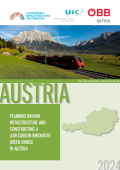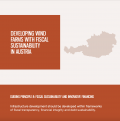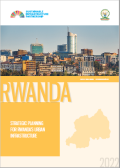This working paper presents the results of work by Statistics Austria on an economy-wide material balance for 1997, as well as a time series of resource use indicators such as Direct Material Inputs (DMI) and Direct Material Consumption (DMC) for 1960-1997. It is thus an essential contribution to the development of economy-wide material flow accounts and balances and can serve as an example for those wishing to implement similar analyses.
The first section of the paper builds upon previous work of a material flow analysis, attempting to show not only the volumes of materials taken from the environment, but also which categories of use material flows are ultimately to be allocated, how much goes to increase stocks, and how much is returned to nature as waste, or reprocessed.
The second section of the paper uses some of the indicators derived from the material flow account to shed light on the relationship between the consumption of materials and economic performance, i.e. material productivity. It emerges that domestic consumption of materials rose by 92 percent between 1960 and 1997, whereas GDP increased by 231 percent over the same period, and thus material productivity rose by 72 percent during those years. This analysis, differentiated to show individual groups of materials, thus demonstrates that with mineral materials there is still a good deal of potential for savings to be made, while fossil fuels are now used much more efficiently.



